Sita Kotuwa: Unveiling a Hidden Gem in Sri Lanka

Sita Kotuwa, also known as Sita’s Court, is an ancient site nestled amidst the lush greenery of Sri Lanka’s Central Province. This hidden gem in Gurulupotha, Hasalaka, isn’t just a spot for history buffs; it’s a place steeped in myth and natural beauty. Myth and history collide. Sita Kotuwa’s name translates to “Sita’s Fortress,” hinting […]
Unveiling Mihintale: A Holy and Historic Wonder of Sri Lanka
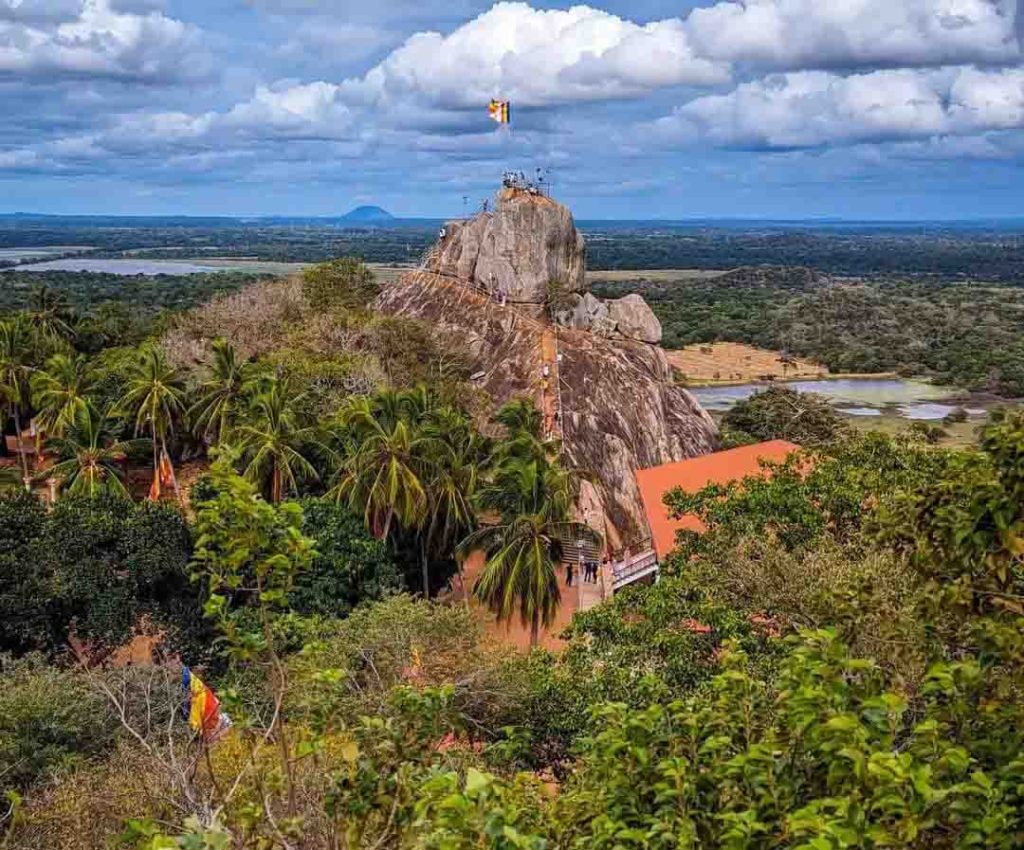
Looking for a place in Sri Lanka that’s both spiritual and historic? Look no further than Mihintale, a mystical hilltop close to Anuradhapura. Here’s why Mihintale should be on your Sri Lankan adventure: Why Mihintale is Special? Mihintale is like the birthplace of Buddhism in Sri Lanka. Legend says a holy man named Mahinda met […]
Muthurajawela Bird Watching Day Tour: Unveiling the Avian Paradise:
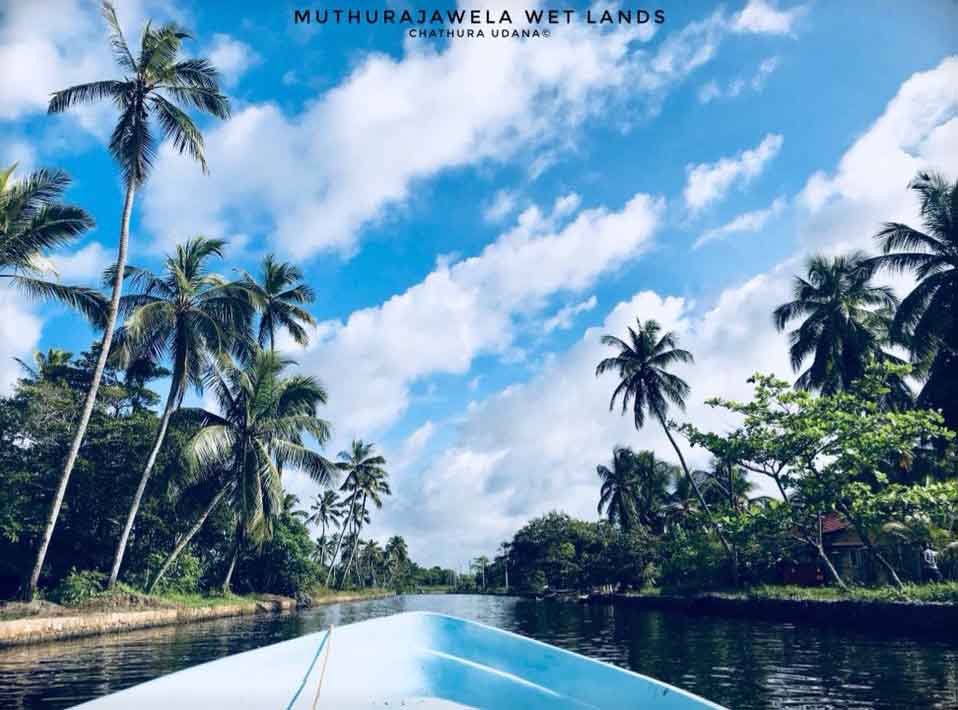
Imagine a sanctuary teeming with life, a labyrinth of waterways fringed with emerald mangroves, echoing with the symphony of a hundred wings. This is Muthurajawela, Sri Lanka’s captivating coastal wetland, aptly named “Swamp of Royal Treasure.” Our Muthurajawela Bird Watching Day Tour whisks you away from the bustling city, offering a glimpse into this extraordinary […]
A Birdwatcher’s Paradise: Exploring the Kalametiya Bird Sanctuary in Sri Lanka
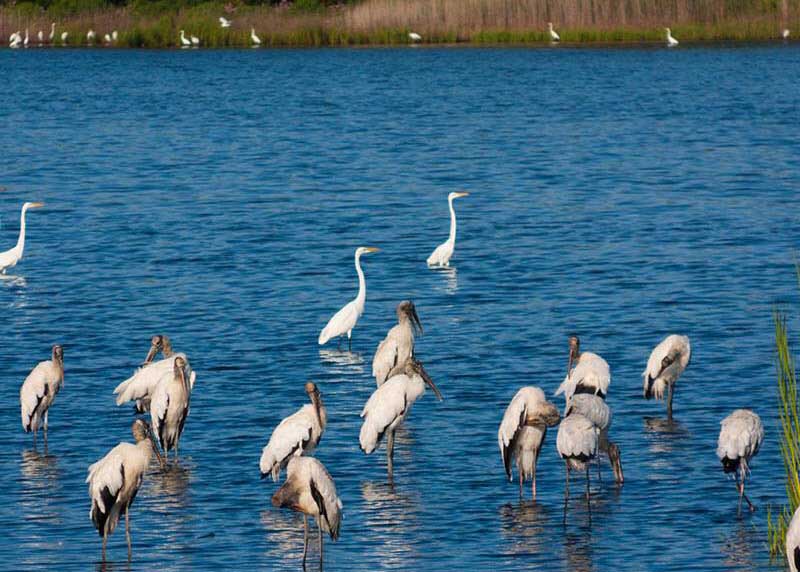
Sri Lanka’s southeastern coast boasts a hidden gem for nature enthusiasts – the Kalametiya Bird Sanctuary. Nestled in the Hambantota district, Kalametiya isn’t just a bird sanctuary; it’s a tapestry of diverse landscapes woven together to create a haven for a spectacular array of wildlife. Imagine a scenic coastline adorned with bays, coves, and sandy […]
Discovering the Magnificent Maligawila Buddha Statue
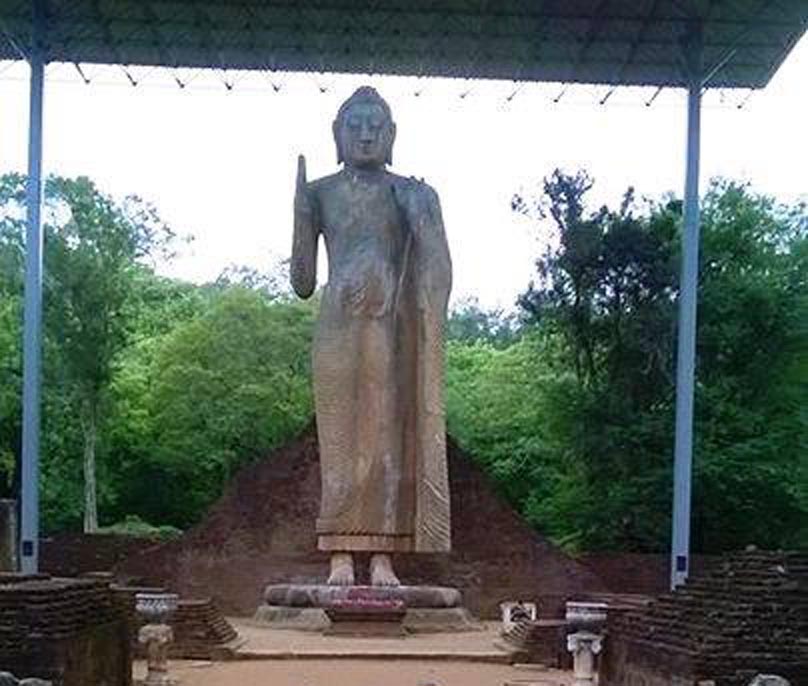
Nestled amidst the serene landscapes of Sri Lanka lies the awe-inspiring Maligawila Buddha Statue, a testament to ancient craftsmanship and spiritual reverence. Carved during the 7th century by Prince Aggabodhi, this towering figure stands as the tallest free-standing ancient Buddha statue in the country, reaching a height of 37 feet and 10 inches. A […]
Unveiling the Magnificent Buduruwagala Buddha Statue

Tucked away in the heart of Sri Lanka’s Moneragala District lies a hidden gem for travelers seeking cultural and spiritual enrichment – the awe-inspiring Buduruwagala Buddha Statue. Standing proudly amidst the rugged landscape, this monumental rock temple boasts a history dating back to the 9th or 10th century, offering visitors a glimpse into the rich […]
The Natural Gems and Gemological Museum

The Natural Gems and Gemological Museum nestled in Kandy, Sri Lanka, offers a captivating journey into the country’s rich geological and gemological heritage. Located just 9.8 kilometers from the heart of Kandy, this museum is a treasure trove of rare minerals and fossils, showcasing the unique natural wonders that Sri Lanka has to offer. As […]
Pigeon Island National Park: Sri Lanka’s Underwater Paradise

Pigeon Island National Park, near Trincomalee on Sri Lanka’s east coast, is a must-see for any nature lover. This park, created in 1963 to protect special birds and upgraded in 2003, is more than just beautiful beaches. It’s a wonderland under the water! Two Islands, Big Fun The park gets its name from the blue […]
Discovering Ella Rock: A Spectacular Hiking Adventure in Sri Lanka.
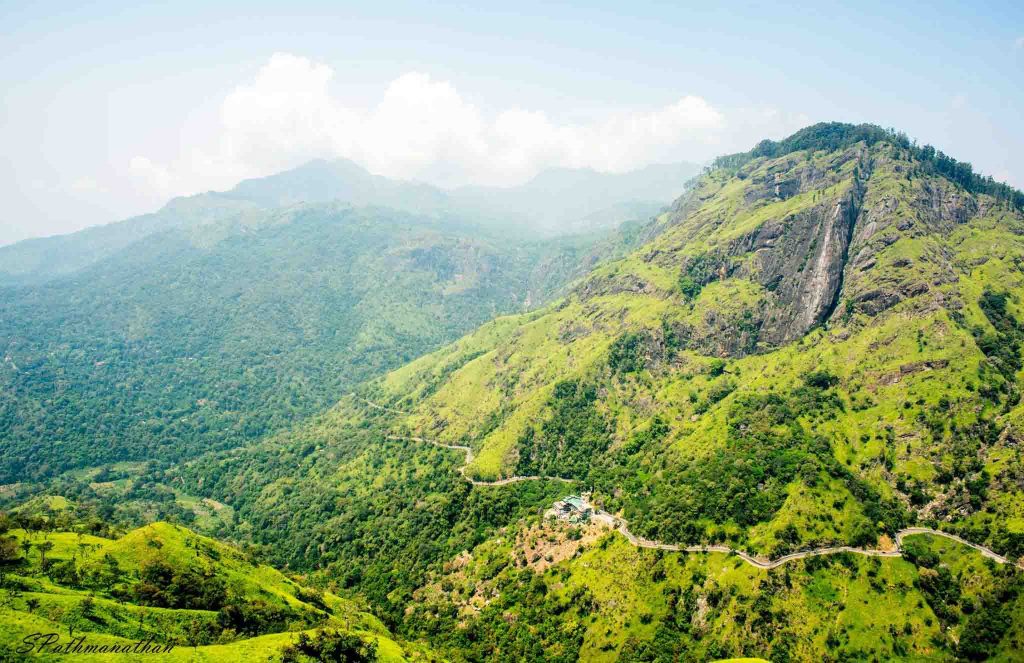
Ella Rock is a popular hiking destination you won’t want to miss during your time in Ella City. This mountain can be spotted quite easily throughout Ella City, whether you’re heading towards Wellawaya or arriving from there. Nevertheless, embarking on a hike up Ella Rock ranks among the top experiences Ella, Sri Lanka, has to […]
Preserving Paradise: A Journey to the Kosgoda Turtle Conservation Centre
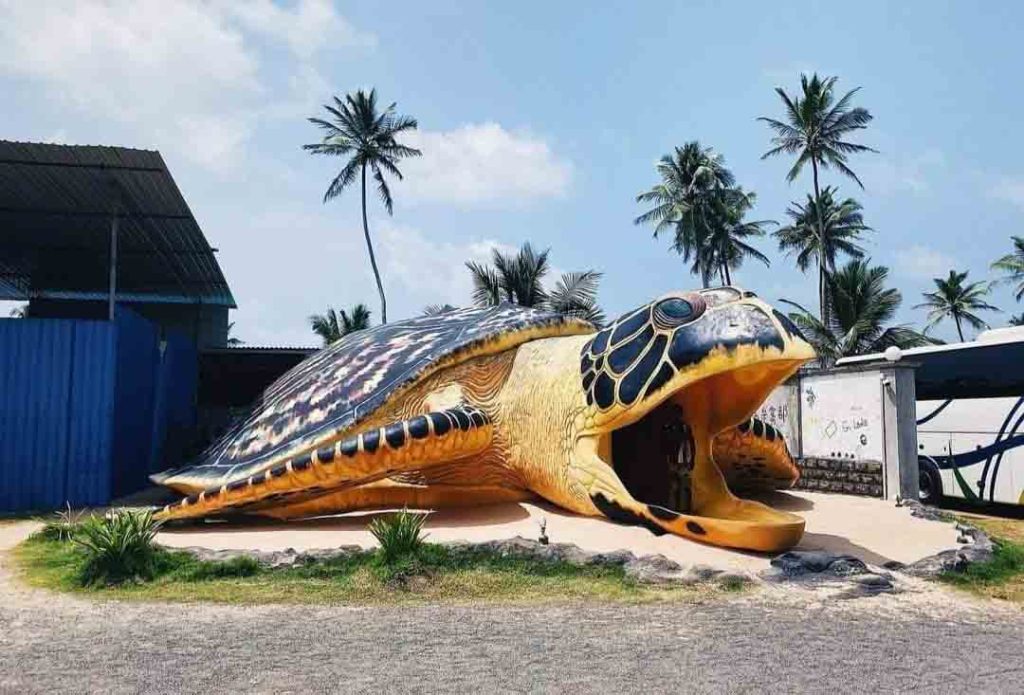
The Kosgoda Turtle Conservation and Research Centre stands as a beacon of hope for the preservation of Sri Lanka’s majestic sea turtles. Established in 1978 by Victor Hasselblad, the renowned Swedish camera maker, this pioneering project was born out of a deep concern for the dwindling populations of sea turtles along Sri Lanka’s southern coast. […]
